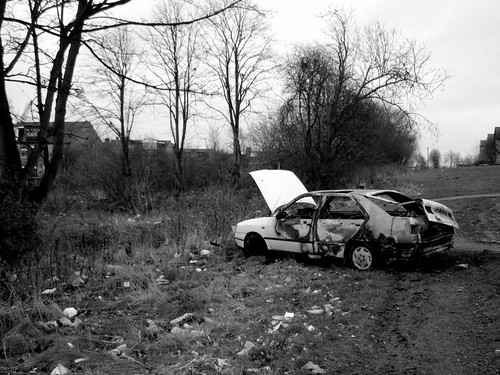This post was written by Brian Corner, with whom I served on the Hampden Park Co-op board of directors.
Growing up in New Zealand, I was fortunate to enjoy some of the tastiest apples in the world. It was a family tradition to make the three-hour drive up to the major fruit-growing region of Hawke’s Bay each May, and fill up the boot of the car with as many boxes of apples as could be carefully tumbled in, bought direct from the orchards. We bought Granny Smiths mostly, as they kept well, but also some Splendours (super crisp!), Golden Delicious, and in later years, a new variety called Braeburn, discovered in 1952 in a New Zealand orchard, and now grown around the world.
After a fragrant ride home, the apples were boxed up again, some hessian sacking nailed on top to keep out pests, and the boxes put under the macrocarpa hedge.
Buried there in the cool shade, the apples would stay fresh throughout the rest of autumn and winter, and even into the spring. An apple was the standard fruit to go with the marmite (and other) sandwiches for school lunch—other fruit was a rare and unusual treat.
Yet apples were much more than lunch fodder. My parents were well ahead of the times in their efforts to “eat local,” and I grew up surrounded by a bountiful and expansive garden, including an apple orchard of about ten trees just outside the living room. These were dwarf trees, packing a lot of varieties into a fairly small space. I remember Cox’s Orange Pippin, Kidd’s Orange, Peasgood Nonsuch (massive apples up to a pound each!), Sturmers, Golden Delicious, Gravenstein, Irish Peach, and Granny Smiths, as well as one or two varieties whose names we never knew.
Apples early and effortlessly exposed me to profound ideas. I learned that fruit came in many radically different varieties with names that hearkened to a different time, and that were worthy of cultivation, even if they were not—for whatever reason—the varieties one saw for sale in the supermarkets. I was fascinated that plants could be grafted, such that the dwarf apples we grew had above-ground scions that defined the fruit type, grafted onto a rootstock that might provide such traits as disease resistance. It was stunning to me that you could so readily mix-and-match “body” parts with plants compared with animals. I was told that apples grown by seed wouldn't be true to type, although admittedly I never checked to see what happened to all those apple cores tossed over the hedge. And I gained an appreciation for the different virtues of each apple, e.g. the Irish Peach apples were eagerly awaited as one of the first signs of summer, often being ready just after Christmas Day.
I also learned the reality that growing fruit (largely) organically was incredibly challenging: usually the codling moths would win, giving us many unwanted caterpillars in our school lunchboxes; the yield from the trees was patchy and reduced greatly by not-infrequent droughts or late frosts or hailstorms; and I never really got on top of the marauding blackbirds with a fondness for apples, despite my best efforts to shoot at them from the living room windows with my brother’s air rifle. As a result, most apples we ate as children were commercially grown, not supplied from the home orchard. Yet it would be a grave mistake to draw the conclusion that one should therefore simply eliminate all the work and fuss that goes into a home orchard yielding only a few wormy apples, and buy one’s fruit from the fruiterer. By planting a garden or an orchard, one is also planting ideas in young minds fortunate enough to be in the vicinity, and susceptible to this quiet subterfuge. Curiosity is sparked, education becomes effortless, and eventually, one reaps knowledge and wisdom—fruits that last a lifetime.









.jpg)

